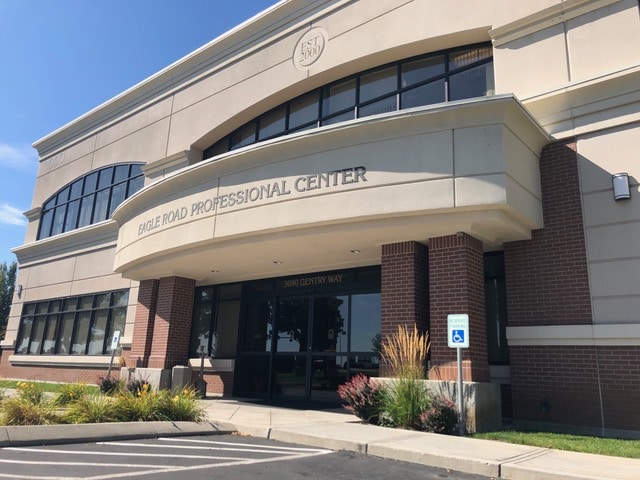Brachioplasty
Brachioplasty (arm lift) is a surgical procedure performed to remove the loose, hanging skin that often develops on the underside of the upper arm. As a result of aging, weight loss or weight gain patients can develop sagging, excess of skin in the upper arm, often referred to as “batwing” or “arm wing”. This can result in a feeling of self-consciousness and can cause individuals to hide their arms under long sleeves.
Brachioplasty is ideal for patients who:
-have an excessive amount of hanging skin and/or fat that does not respond to diet and exercise
-maintain a stable weight that is close to their ideal body weight
-do not smoke
-have realistic expectations for surgery.
Patients must also be healthy overall, with no major medical conditions that can be affected by surgery.
The Brachioplasty Procedure
During brachioplasty, an incision is made along the inside of the upper arm; it often spans the underarm to the elbow. Excess fat is removed, either by direct excision or liposuction or a combination of the two. Liposuction may be used to treat the remaining parts of the upper arm to contour its shape. Excess skin is trimmed away, and the arm's underlying supportive tissue is tightened using internal absorbable sutures. Skin is then sutured back together; absorbable stitches are usually used to close the skin.
Incision length and pattern depend on the amount and location of excess skin to be removed. Incisions are generally placed on the inside of the arm or on the back of the arm, and may extend from the underarm (axilla) to just above the elbow. Depending on your specific condition, incisions may be more limited.
A drain tube is placed prior to the final closure. The arms are then wrapped in dressings with ACE bandages. Brachioplasty is performed under general anesthesia and depending on the amount of skin and fat that are removed, takes 3 to 4 hours. Patients are able to return home the same day as surgery.
Incision types
Inner Arm Incision
Back of Arm Incision
Minimal Incision
Risks Of Brachioplasty
In addition to the risks associated with any surgery, those related to brachioplasty include the following:
Loss of sensation
Permanent swelling
Persistent pain
Fat necrosis
Fluid accumulation (seroma)
Separation or widening of incisions
Poor scarring
Nerve, blood-vessel and/or muscle damage
The scar left by brachioplasty is significant. In some cases scars can take longer to mature and fade compared to scars in other areas of the body. It is not uncommon for the scar maturation process to take over a year although they should fade over time.
Recovery From Brachioplasty
After brachioplasty, patients typically experience swelling and bruising, as well as mild discomfort that can be managed with pain medication. Drainage tubes may be placed at the incision site to collect any excess blood or fluid and are managed at home. These usually remain in place for the first week after surgery. Compression bandages or a specialized compression garment are usually worn to promote proper healing. The results of brachioplasty are visible right away, but become more apparent as swelling and bruising subsides, which usually takes 2 weeks. Most patients are able to return to work after 1-2 weeks as long as light duty can be maintained. Regular activities, exercise and other strenuous activities may be resumed after 6 weeks.


